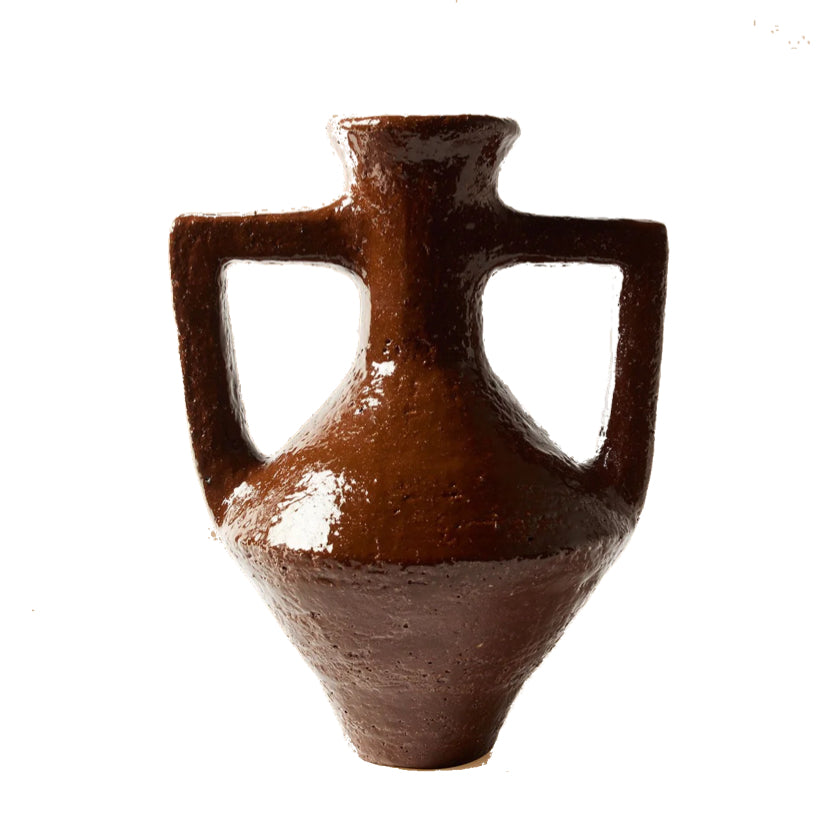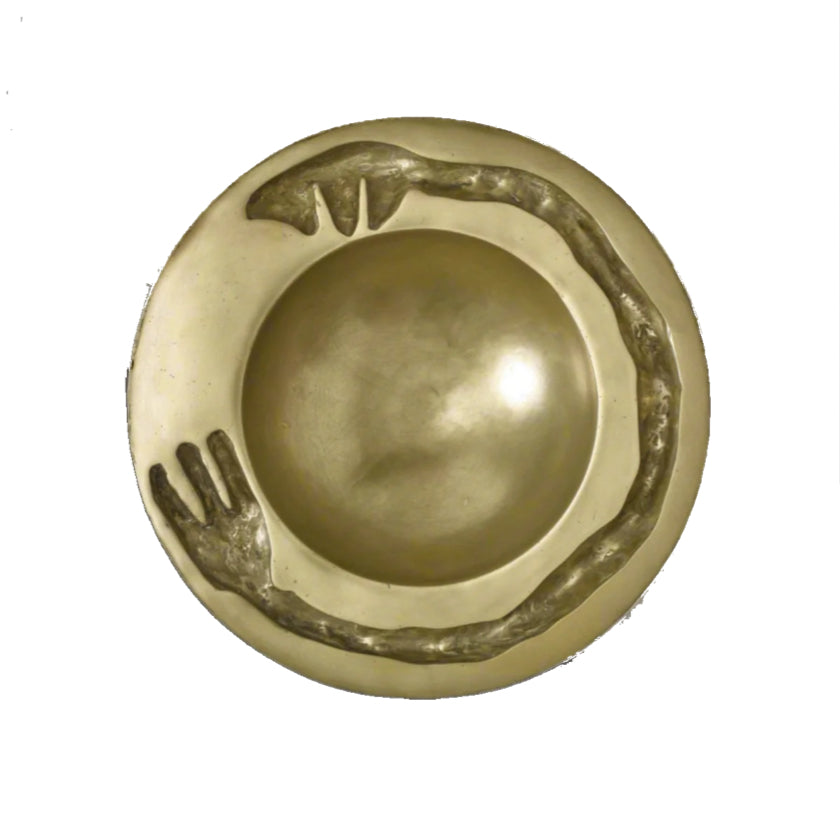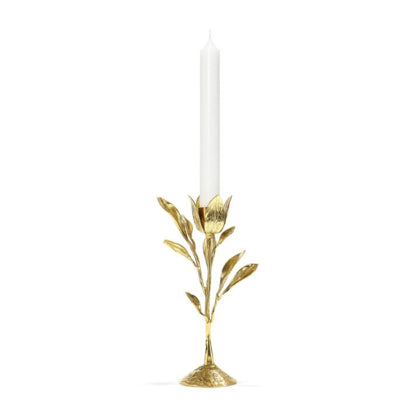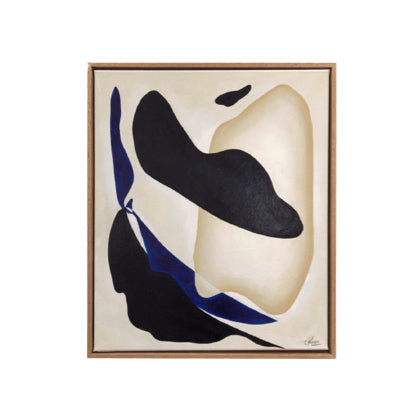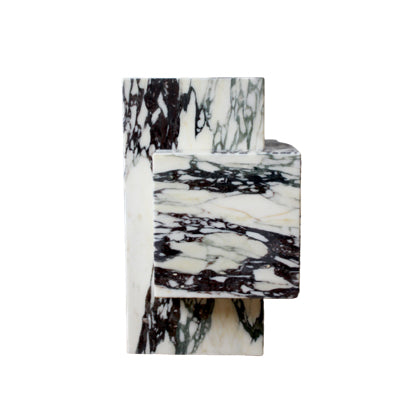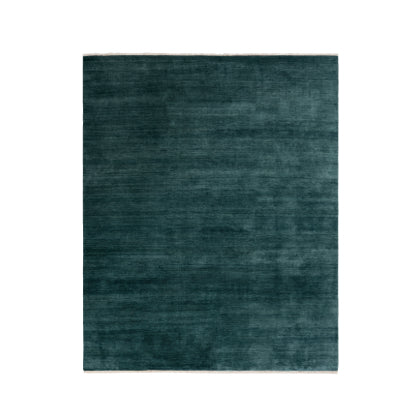Brutalist design
Understanding the Philosophy of Brutalist Design
This collection of modern home decor showcases pieces that embody the spirit of brutalism, offering a glimpse into a movement that prioritizes honesty in architecture and art.
What makes our collection special is the careful selection of pieces that not only highlight the architectural principles of brutalism but also evoke a sense of place and purpose. Each item tells a story, reflecting the raw beauty of its materials and the intent behind its creation. This approach fosters a deeper appreciation for artworks that challenge the status quo and provoke thought.
Brutalist design often polarizes opinions, yet it undeniably captures a moment in history when functionality met artistic expression. The collection invites you to engage with these elements, appreciating how the boldness of this style can transform spaces. In doing so, we hope to inspire a new generation to view design through a more discerning lens, recognizing the beauty found in simplicity and strength.
Modern architecture emerged as a response to the complexities of the industrial age, emphasizing functionality and simplicity. This architectural movement prioritized the expression of materials and structural forms, often showcasing raw concrete and geometric shapes. The ethos behind this design philosophy was to strip away unnecessary ornamentation, focusing instead on the essential elements of the building. This approach not only created visually striking structures but also reflected the changing societal values of the time, where utility and honesty in materials were celebrated. The unique visual language of modern architecture continues to inspire and provoke thought, inviting viewers to reconsider their relationship with the built environment.
A significant aspect of this architectural style is its cultural significance. It emerged during a time of great social change, resonating with movements such as minimalism and functionalism. These designs often serve as a metaphor for societal progress, embodying ideals of transparency and equality. Each structure tells a story, revealing the values and ambitions of the era in which it was built. The bold lines and stark materials challenge traditional notions of beauty, inviting a dialogue about aesthetics and purpose in architecture. As we observe these structures today, they remind us of the ongoing evolution of architectural thought and practice.
Artful architecture stands as a powerful testament to the beauty found in simplicity and raw materials. This style emphasizes functionality while celebrating the inherent qualities of concrete, steel, and glass. Each piece becomes a canvas, where light and shadow interplay, showcasing the artistry of structure itself. The aesthetic invites viewers to appreciate the honest expression of materials, creating a dialogue between the built environment and the observer. This approach not only enhances the visual experience but also reinforces a sense of place, creating spaces where people feel connected to their surroundings.
Integrating this architectural style into your living space can be an exhilarating endeavor. Consider focusing on minimalism, allowing bold lines and geometric forms to take center stage. Select furnishings that echo the straightforward elegance of the architecture, perhaps opting for pieces made from industrial materials. The color palette should harmonize with the raw tones of the architecture, utilizing shades like charcoal, muted earth tones, or even stark whites to create a cohesive atmosphere. Artworks that reflect similar themes of simplicity can also enhance the environment, drawing attention to the artistic narrative of the space.
Caring for these spaces requires an understanding of the materials used. Regular maintenance is essential to preserve the integrity of surfaces such as concrete and glass. Cleaning methods should be gentle yet effective, ensuring that the original beauty remains intact. Additionally, consider the environmental impact of your choices, opting for sustainable materials and practices wherever possible. This mindful approach not only enhances the aesthetic but also honors the art of architecture in a responsible manner.

